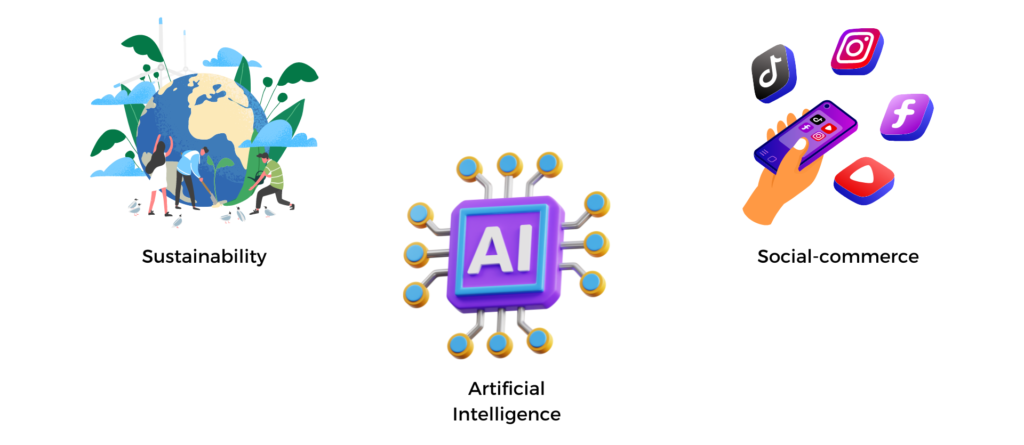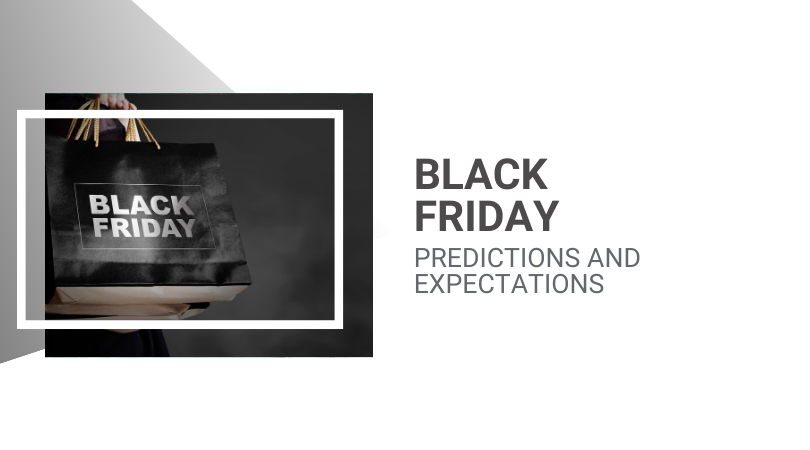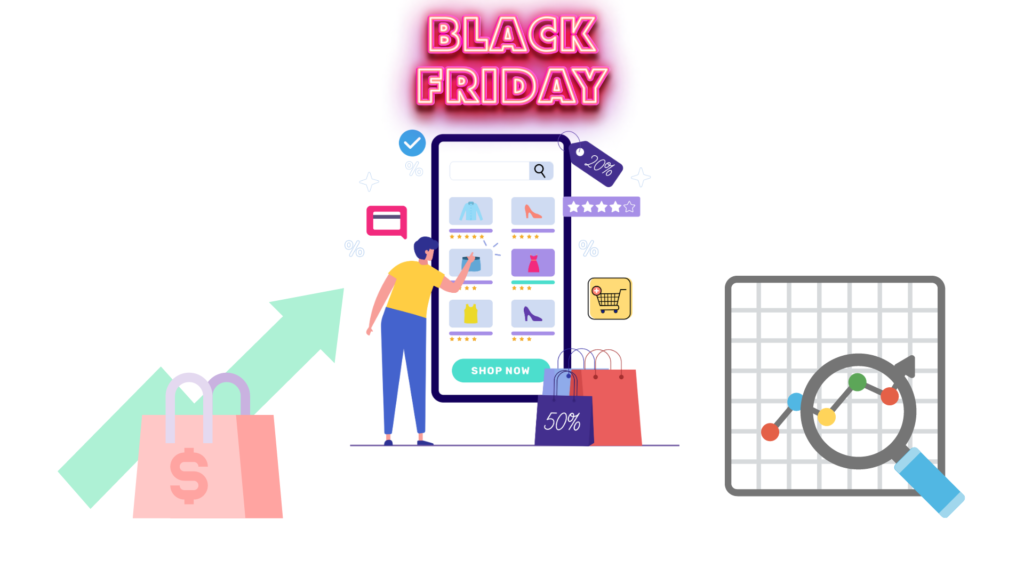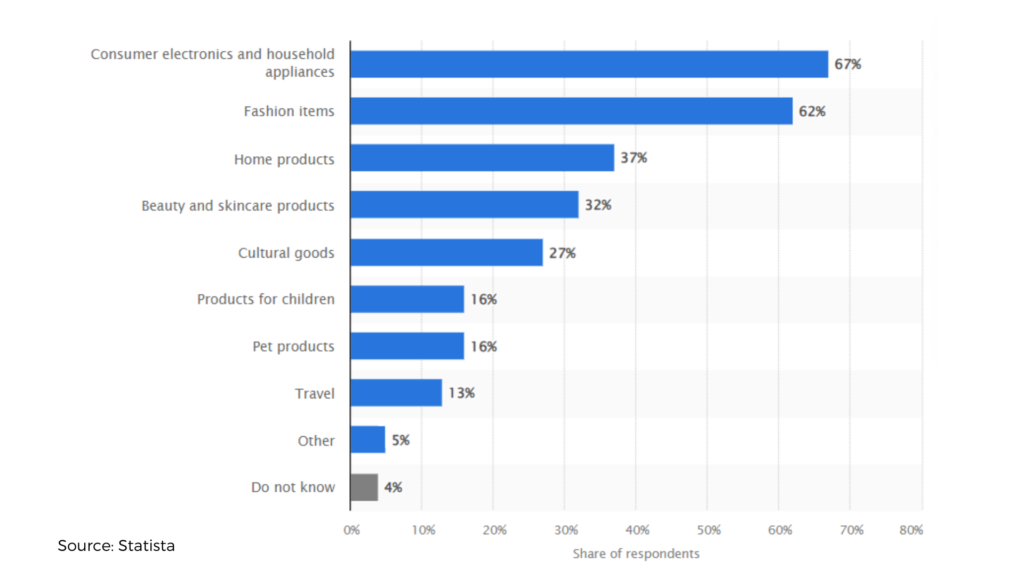With the accelerated pace of modern commerce, understanding the perspectives of a significant event like Black Friday becomes crucial for consumers and industry players.
Black Friday, in fact, marks the peak of the shopping season, kicking off the holiday spending period.
It represents a major opportunity for online sales, being one of the most significant promotional moments in the commercial landscape, as it exerts a considerable influence on the behavior patterns of both consumers and retailers. Therefore, being prepared is essential.
What can we expect from this Black Friday 2023? What do the forecasts say? Are the expectations positive?
Black Friday: What Happened in 2022?
In 2022, Amazon announced that sales from independent retailers during the Black Friday weekend surpassed the billion-dollar mark, indicating growth compared to the previous year. According to Adobe Analytics, Black Friday saw online spending of $9.12 billion, followed by Cyber Monday with an additional influx of $11.3 billion, only in the United States.
Data from the 2022 edition of the Black Friday shopping event on Amazon highlighted that the actual shopping day typically records the highest performance. Compared to the average sales of the preceding week, Black Friday sales increased by 440% on November 25, 2022, in Germany. However, the most significant increase occurred in Italy, where online sales surged by 476% during Black Friday.
Throughout 2022, according to a survey conducted by the Boston Consulting Group, the average per capita spending of Italians during the Black Friday period was around €255, showing a slight decline compared to 2021 when it was around €260. This decrease was influenced by rising prices and a reduced willingness to spend on non-essential items.
What to Expect in 2023?
According to the latest Ambrosetti-Amazon report in September, online purchases are expected to increase by +13% in 2023, reaching €54 billion. Specifically, a further +5% increase is expected for Black Friday, the peak moment of online purchases. This growing trend in digital transactions is the result of the increased user-friendliness of websites and the speed of delivery.
In 2023, socio-political and economic dynamics are deeply influencing purchasing decisions, directing them towards a more reasoned and targeted direction in line with real needs. According to the Boston Consulting Group, regarding Black Friday, 80% of Italians express concern about the global geopolitical landscape and the inevitable rise in inflation, anticipating lower spending compared to the previous year.
A study conducted by Unguess and Scalapay suggests an expected average spending of €238. However, many will take advantage of the opportunity to get ahead with some Christmas shopping.
Global Trends and Purchase Channels for Black Friday 2023
Analyzing macroeconomic data, 2023 is expected to be a year of growth in terms of total sales volumes, despite the uncertain geopolitical context and rising inflation. Current data indicates a steady growth in sales, both online and offline.
Delving into the digital landscape, according to the Boston Consulting Group, marketplaces are expected to be the main purchasing channels, with direct brand websites experiencing a 9% lower traffic decline compared to the previous year.
Black Friday 2023 Trends

The first trend highlighted by BCG concerns sustainable purchases, a growing trend especially among younger generations, a direct response to the increasingly impactful climate events we experience daily.
To maximize profits and gain consumer trust, companies will need to pay greater attention to the ecological aspects in the production and packaging of products.
Numerically, 59% of respondents stated their intention to predominantly buy from local businesses, while 54% will opt for eco-friendly or recycled material products.
#Artificial Intelligence (AI)
Another potential trend revolves around the use of AI in purchases: a study conducted by Shopify and Sapio reveals that 69% of respondents believe AI will facilitate the discovery of new brands and products. Additionally, 74% believe it will be useful for comparing discounts and offers, while 67% anticipate that it will simplify receiving advice based on past purchases.
#Rising Social Commerce
The third rising trend is Social Commerce, shopping through social media. According to Shopify and Sapio, 33% of respondents are willing to make purchases on Instagram (an increase from the previous year’s 28%), followed by Facebook at 31% (consistent with the previous year’s 32%) and TikTok at 28% (+7% from 2022).
What will consumers buy during Black Friday?
According to Statista, in 2023, 62% of Italian consumers interested in Black Friday shopping expressed a desire to purchase fashion items. According to the survey, the most popular product category was consumer electronics and appliances, preferred by 67% of surveyed consumers, followed by fashion items (62%) and home products (37%).
Conclusions
Understanding the perspectives of Black Friday allows for adaptation to changing consumer behaviors during the “hottest” days of the year, as impulse buying, the search for advantageous deals, and preparation for the holidays significantly influence market dynamics.
Optimizing online presence during the Black Friday period proves extremely advantageous. Being prepared is indispensable.
Marketplaces represent the predominant channels for consumer purchases, especially during these crucial moments of the year. As the data shows, they are fundamental for reaching the audience.



